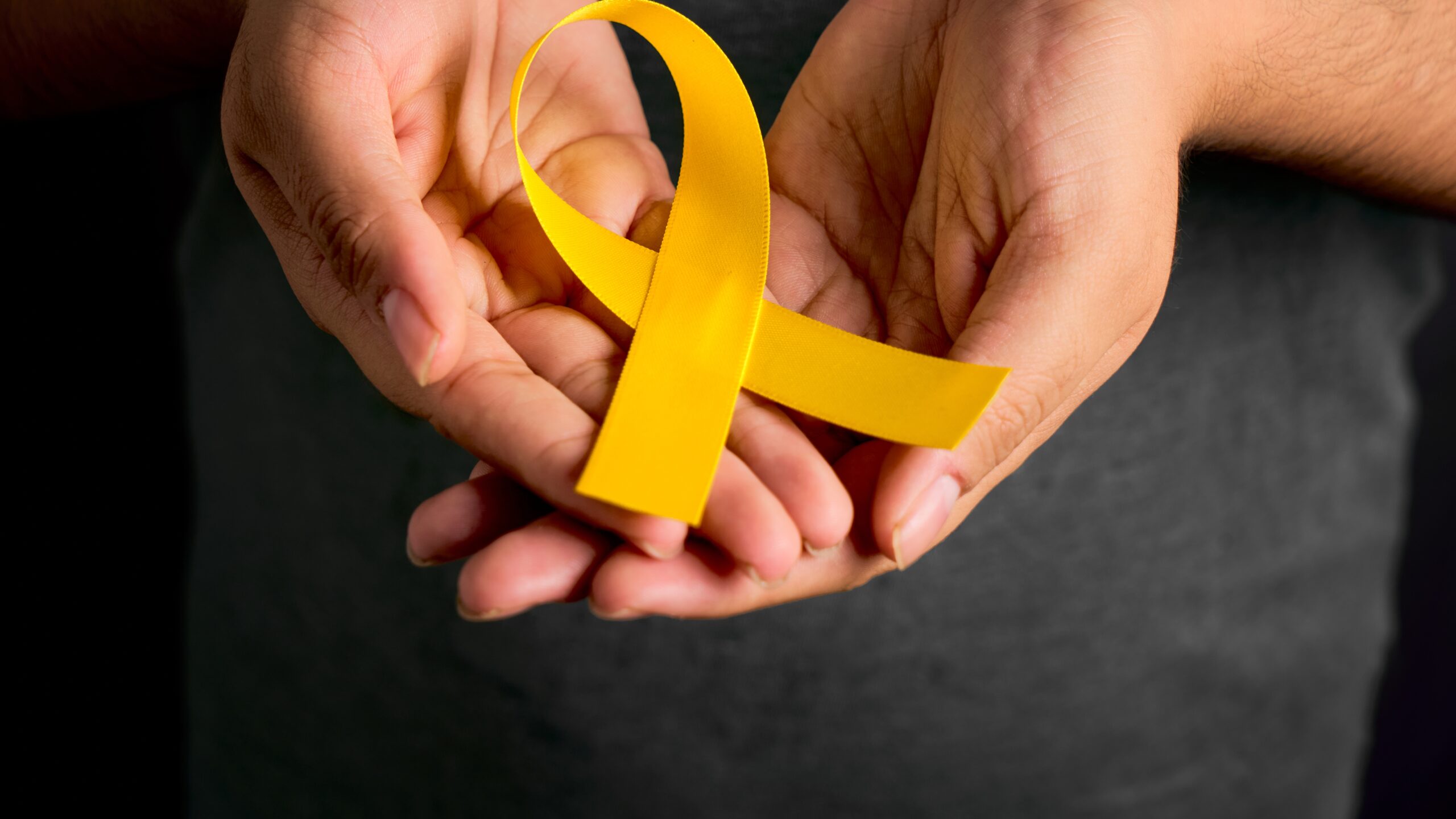Red Ribbon Week is the nation’s oldest and largest drug prevention awareness campaign, observed annually from October 23rd to October 31st. It serves as a time to promote awareness of the dangers of drug use, encourage healthy choices, and educate communities—especially young people—about the consequences of substance abuse. Red Ribbon Week began in 1985 and has grown into a nationwide movement aimed at creating drug-free communities through education, prevention, and outreach.

The Origins of Red Ribbon Week
Red Ribbon Week was created in response to the tragic death of Enrique “Kiki” Camarena, a Drug Enforcement Administration (DEA) agent who was murdered in 1985 by drug traffickers while working to dismantle a large drug cartel in Mexico. Camarena’s brutal killing shocked the nation, leading to a grassroots movement to honor his sacrifice by raising awareness of the dangers posed by drugs and encouraging communities to stand together against substance abuse.
In Camarena’s honor, people began wearing red ribbons as a symbol of their commitment to live drug-free lives. This simple act of solidarity blossomed into a nationwide campaign with schools, community organizations, and law enforcement agencies coming together each October to focus on drug prevention education and promote healthy living. Today, Red Ribbon Week reaches millions of young people and families across the United States, providing valuable lessons that encourage individuals to make positive choices.
The Importance of Red Ribbon Week
Red Ribbon Week is important because it plays a crucial role in promoting drug-free lifestyles, especially among youth. As young people are increasingly exposed to substances such as alcohol, tobacco, and illegal drugs, Red Ribbon Week offers a timely opportunity to equip them with the knowledge they need to resist peer pressure and make safe, healthy decisions.
Substance abuse among young people can have serious consequences, including academic failure, mental health challenges, and increased risks of addiction later in life. Early education about the dangers of drug use is essential in preventing these outcomes, and Red Ribbon Week provides an ideal platform for these discussions.
The campaign also highlights the impact of drug abuse on families and communities. Substance abuse doesn’t just affect the person using drugs; it has ripple effects that can strain relationships, cause financial hardship, and even lead to criminal activity. By fostering a culture of prevention and encouraging families to talk openly about the risks associated with drugs, Red Ribbon Week strengthens communities and promotes healthier environments for everyone.
Activities and Involvement
Red Ribbon Week is celebrated with a variety of activities in schools and communities across the country. Students participate in themed days, such as wearing red or dressing up in costumes that reflect a commitment to staying drug-free. Schools often organize assemblies, poster contests, and other educational events designed to engage students and raise awareness.
Parents and community members are also encouraged to get involved by attending events, talking to their children about the dangers of drugs, and modeling healthy behaviors. The involvement of parents and guardians is key to reinforcing the message of Red Ribbon Week. When families openly discuss the dangers of substance abuse and set clear expectations for their children, young people are more likely to make drug-free choices.
Why Red Ribbon Week Still Matters
Though the movement began nearly four decades ago, Red Ribbon Week remains relevant today. The rise of new substances, such as vaping and synthetic drugs, presents fresh challenges for educators, parents, and policymakers. Red Ribbon Week helps address these emerging issues by providing updated information on the latest trends in substance use and prevention strategies.
In addition, Red Ribbon Week promotes positive peer influence. Young people are more likely to stay away from drugs when they feel supported by their friends and see others making healthy choices. Through group activities and public pledges to remain drug-free, Red Ribbon Week helps create a sense of solidarity among students, making it easier to resist peer pressure.
Conclusion
Red Ribbon Week is more than just an annual observance; it’s a vital initiative that helps protect the health and well-being of young people and communities. By raising awareness, promoting prevention, and fostering open conversations about the dangers of drug use, Red Ribbon Week continues to be a powerful tool in the fight against substance abuse.


